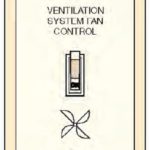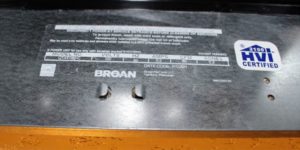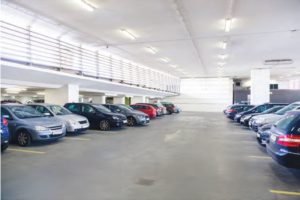
What’s new in the 2018 IMC
The 2018 International Mechanical Code (IMC) is now available and local governments across the United States have begun the process of adopting the latest version of the IMC to govern the design and installation of ventilation systems, exhaust systems, solar thermal systems and various other mechanical systems. As is common with the release of any new product, we are often asked the question, “What has changed?”
Changes were made to nearly all chapters of the IMC; some changes were significant, and others were not. The changes made provide clarity of content, resolve common interpretation issues, and give mechanical contractors and engineers the tools necessary to take advantage of new technology. Many significant changes were made in Chapters 4, 5 and 6, addressing ventilation, exhaust systems and duct systems, respectively. Here we will review some of the significant changes to Chapter 4.

In Chapter 4 (Ventilation) you will find a few new additions that impact dwelling units. They are found in Section 403.3.2, addressing dwelling units in low-rise construction, and prescribe the design and operation of the dwelling ventilation system. As Section 401.2 requires dwelling units to be mechanically ventilated where their infiltration rate is tested and known to be less than 5 ACH50 (tight construction), the installation of whole-house ventilation systems is becoming more common. Typically, the occupants of a dwelling are not aware of the ventilation system or understand how it operates. Many times, the ventilation system is simply controlled by a wall switch, which is not distinguishable from any other wall switch. For this reason, Section 403.3.2.4 (System Controls) has been added. This section requires labeling of controls, with text or a symbol indicating the system’s function, for whole-house (dwelling) ventilation systems. With the proper labeling, occupants are less likely to turn these systems off, thereby increasing the rate of accumulation of harmful indoor pollutants without their knowledge.

Another addition to Section 403.3.2 was made to address concerns that exhaust fans used in dwellings would not have the exhaust flow rate they were advertised to have. Fans are often improperly installed with undersized ducts and excessive duct lengths that prevent them from developing their rated flow, despite the manufacturer’s testing and labeling. Section 403.3.2.5 (Ventilating Equipment) was added requiring that such fans be tested, listed, and labeled in accordance with ANSI/AMCA 210-ANSI/ASHRAE 51. This section simply requires fans to be tested, listed and labeled to verify their performance in a laboratory setting, and does not require any field testing of installed fans. Requiring such fans to be tested, listed and labeled in accordance with with a standard will ensure that the fans will deliver the performance expected.

There is one significant modification to Chapter 4 that has been made to clarify the mechanical ventilation requirements of enclosed parking garages. Sections 404.1 and 404.2 have been combined to eliminate confusion that caused misinterpretations regarding intermittent operation. No technical changes were made, rather the text was rewritten to make it clear that a garage exhaust system can never shut off completely. The exhaust is either full-on (at an arflow rate of not less than 0.75 cfm per square foot of floor area served) all of the time, or it is allowed to be cycled between full-on and minimum-on (at an air flow rate of not less than 0.05 cfm per square foot of floor area served) by use of CO and NO2 detectors.
What’s new in the 2018 IMC will continue with part two of the four-part series, which will look at the significant changes to Chapter 5 (Exhaust Systems). For additional information on the IMC, please view our 2018 International Mechanical Code; Significant Changes to the IPC, IMC and IFGC; and Complete Revision History to the 2018 I-Codes: Successful Changes and Public Comments.






